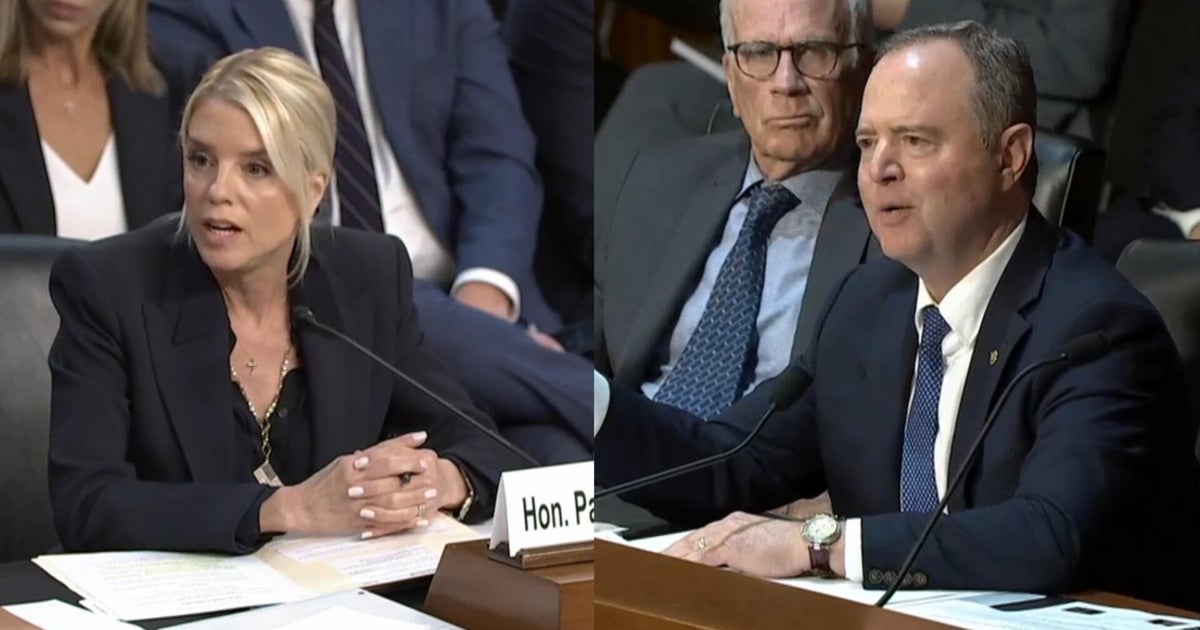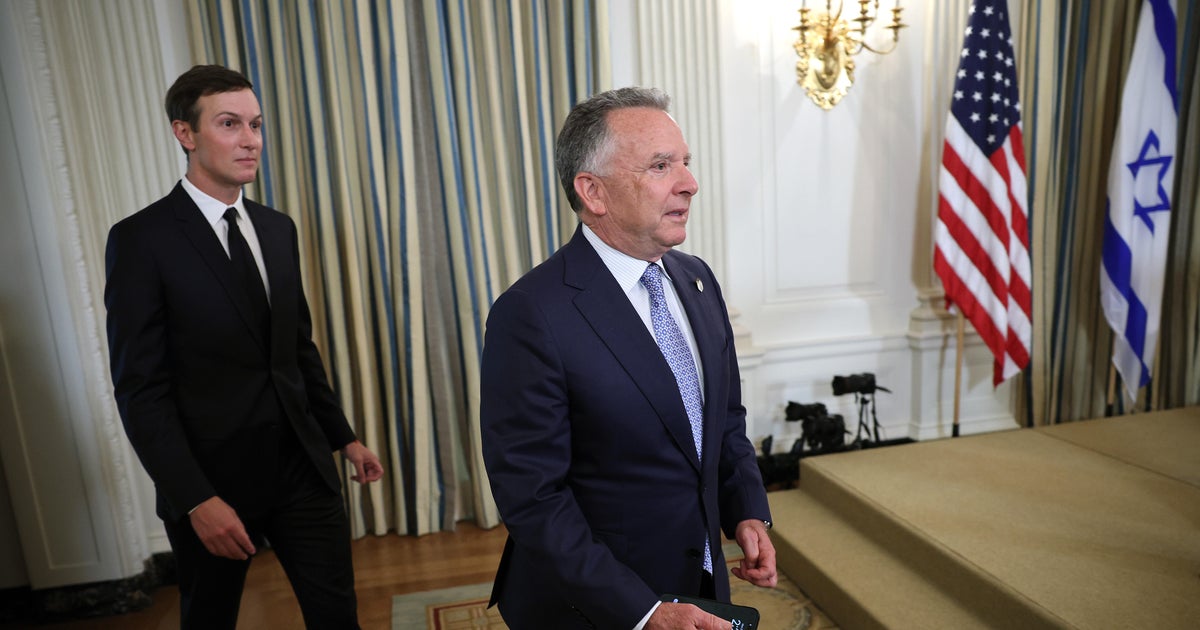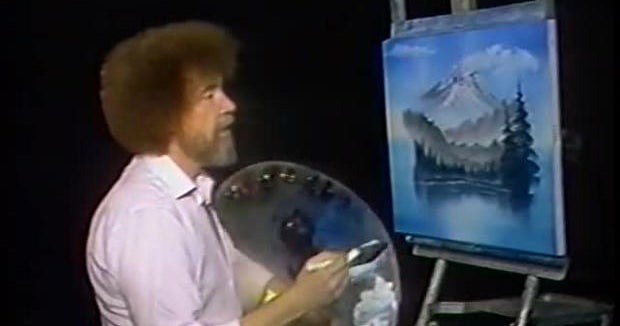Donald Trump has restated his intention to introduce a 100 per cent tariff on all movies produced outside the United States, a move that would have enormous consequences not just for Hollywood but for those countries – Australia, New Zealand, the UK and Canada among them – in which the studios increasingly base their filmmaking efforts.
The US president announced the plan on his social media platform Truth Social overnight, stating, “Our movie making business has been stolen … Therefore, in order to solve this long time, never ending problem, I will be imposing a 100% Tariff on any and all movies that are made outside of the United States”.

US President Donald Trump has restated his intention to hit Hollywood with tariffs.Credit: Matt Willis
The threat was first made by Trump in May. As then, this latest statement lacks any clear detail about how or when the move would be implemented. It is unclear, for example, if a tariff would apply to television production as well as movies, or if a tariff would be applied only to the production costs incurred outside the US or to the entire show.
If followed through, the move would be a nightmare for the Hollywood studios and their offshore production partners, but would be welcomed by the powerful guilds in the sector.
As I wrote in May, Hollywood’s biggest unions played a key role in President Donald Trump’s shock announcement of a 100 per cent tariff on all foreign-made movies.
In a March 11 letter, the heads of the major directors’ guild and crew union in Hollywood, which together represent almost 200,000 filmmakers, urged the administration to act against “a myriad of unfair trade practices” in foreign jurisdictions that they claim had been “impacting the United States’ film industry for decades”.
It is true that Hollywood studios have moved much of their production offshore, attracted by tax incentives that make filming cheaper than it would be in California.
Australia offers a 30 per cent incentive to foreign productions shooting here through the federal government’s location incentive, with state governments typically offering between 10 and 15 per cent on top of that. Post-production and digital effects work is supported by a 30 per cent federal rebate, with some states also offering an additional 10 per cent.
Other countries offer incentives, though Australia’s are among the most generous. Numerous US states offer them as well.
Hollywood studios have adopted a “footloose” approach to production, following the tax dollars and sound stage availability around the world.
In his latest statement, Trump takes aim at California’s Democrat Governor Gavin Newsom, who is considered by many to be a potential presidential candidate and thus a threat to Trump’s ambitions to remain in power well beyond the end of this term.
He described Newsom as “weak and incompetent” and likened the loss of film and television production from California to other territories as “just like stealing candy from a baby”.

US President Donald Trump’s post on Truth Social overnight. Credit: Truth Social
Any move to introduce tariffs on movies made outside the United States would inflate the costs of production and eventually lead to those movies being more expensive to see at the cinema, wherever they screen. And that is unlikely to be a good move for the theatrical side of the business.
It would also make the cost of bringing genuinely foreign films – as opposed to Hollywood films made partly or wholly outside America – more expensive to see.
Many such films do make their way to the US but do little to dint the dominance of the studios. According to a 2018 survey by industry analyst Stephen Follows, almost one-fifth of the films released in the US between 2003 and 2017 were made in languages other than English but their box-office share was barely 1 per cent. (Titles from English-speaking territories such as the UK, Australia, New Zealand and Canada are not captured by that analysis.)
The real target of Trump’s tariff action, however, is not foreign movies but Hollywood’s use of other countries to make its movies.
In the March letter sent by the guilds to Trump’s trade chief Jamieson Greer, Russell Hollander, head of the Directors Guild of America, and Matthew D. Loeb, head of the International Alliance of Theatrical Stage Employees, Moving Picture Technicians, Artists and Allied Crafts (IATSE), argued that incentives offered by foreign countries unfairly discriminated against their members.
They also complained about regulations – such as streaming quotas, which Australia does not yet have – designed to ensure local content in foreign jurisdictions is not swamped by Hollywood productions.
“Often, under the guise of protecting culture, other countries have erected trade barriers that disadvantage the work of our members and undermine the protections we have collectively bargained for in the US,” they wrote.
“These countries have increasingly turned to non-tariff barriers to disadvantage the works created by our members, particularly in the digital marketplace. Local content quotas on streaming services, predatory tax regimes, local-content-investment obligations, and a myriad of unfair trade practices limits legitimate access to American content and drive foreign audiences toward online piracy.”
As a result, they wrote, “our industry has seen a 40 per cent decline in television production in the US relative to 2022 levels. These trade barriers undercut the ability of the American creative workforce to compete fairly in the global marketplace.”
Back in May, local filmmakers and agencies were alarmed but largely cautious in their reaction to Trump’s tariff announcement, with many saying off the record that they hoped it might amount to nothing, like many of his other pronouncements.
Now it’s back in the spotlight, though, and this time a fade to black might be a lot less likely.
Most Viewed in Culture
Loading


















































